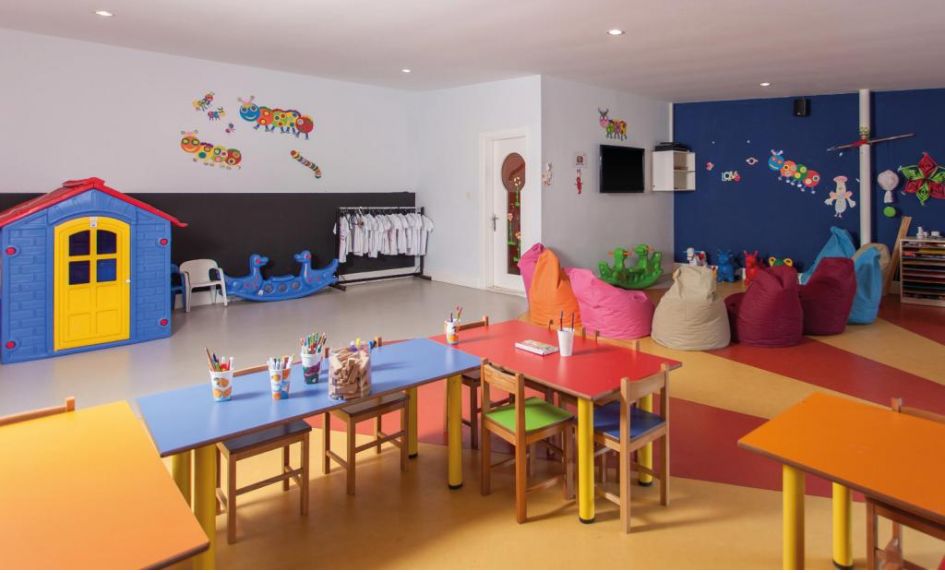Recent scientific research shows that children learn best in sensory-rich classrooms. KS1 and Early Years environments are sensory-rich: full of colour, texture and sensory stimuli.
However, as children ascend through primary and secondary school, there tends to be a significant scarcity of colour-rich walls, plants, fabric and sculpture, often replaced by desks in rows with bare walls and harsh lighting.
Policymakers seem to believe that older children are in less need of sensory-rich environments. This contradicts recent enriched environment studies, which prove the vital benefits of sensory-rich environments for mind, brain and body at any age. Our failure to apply this knowledge to schools is detrimental to both pupils and staff.
What is meant ‘enriched environments’ (EEs), and why are they so vital? To qualify as ‘enriched’, environments must engage children and young people cognitively, physically, socially and on a sensory level, and they must be changed frequently – not just rely on the same old sandpit and toys.
EEs induce the genetic expression of important brain fertilisers known as neurotrophins that trigger brain growth, thus producing new brain cells in a process called neurogenesis. This takes place in the frontal lobes – the area of the brain focused on learning, planning, managing stress and social/emotional intelligence.
Neurogenesis triggered by enriched environments also occurs in the hippocampus, which is key for memory and vital for learning. One study saw rats placed in an EE with apparatus on which to run and climb, interesting food and plenty of social interaction. The Salk Institute of Biological Studies found that “Two months later, the rats each had an extra 50,000 brain cells on both sides of their hippocampus.” Following the experiment, the animals passed learning and memory tasks with flying colours.
When schools ensure that classrooms, halls and corridors are fitted with welcoming lighting, pleasing colours, soft fabrics, plants and sculptures, children’s brains will produce optimal levels of the anti-anxiety chemical oxytocin, which can significantly reduce their stress levels. With high levels of child self-harm and almost 18,000 children under 12 prescribed anti-depressants, it’s time we took a neurochemical approach to ensuring that schools are soothing environments.
One approach can be to introduce a system of cognitive tasks with sensory breaks, in a designated area of the classroom containing a variety of sensory stimuli. Through a card system, pupils who are working well can be given permission for a five minute break to de-stress and emotionally regulate – such breaks being essential aids to creativity and helping pupils re-focus.
Ignoring the impact of EEs on children’s minds and bodies is tantamount to social, psychological and cognitive neglect. We should strive to provide EEs for all children, not just those in Early Years. We must ensure that the 10,000 to 12,000 hours of a child’s school life take place in imaginative physical environments, and are fully enriched at every stage of their learning journey.
Dr Margot Sunderland is a child psychologist and psychotherapist, and co-director of Trauma Informed Schools UK.










